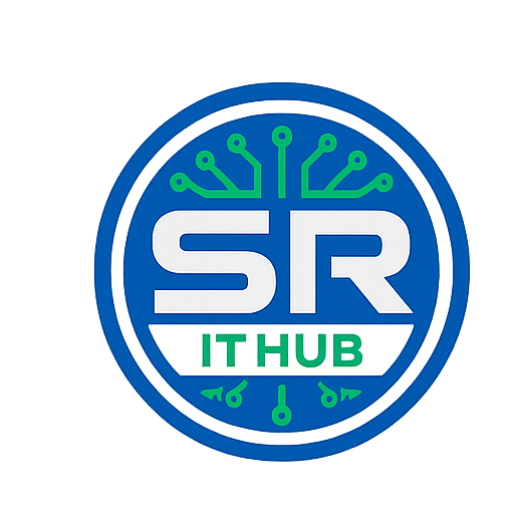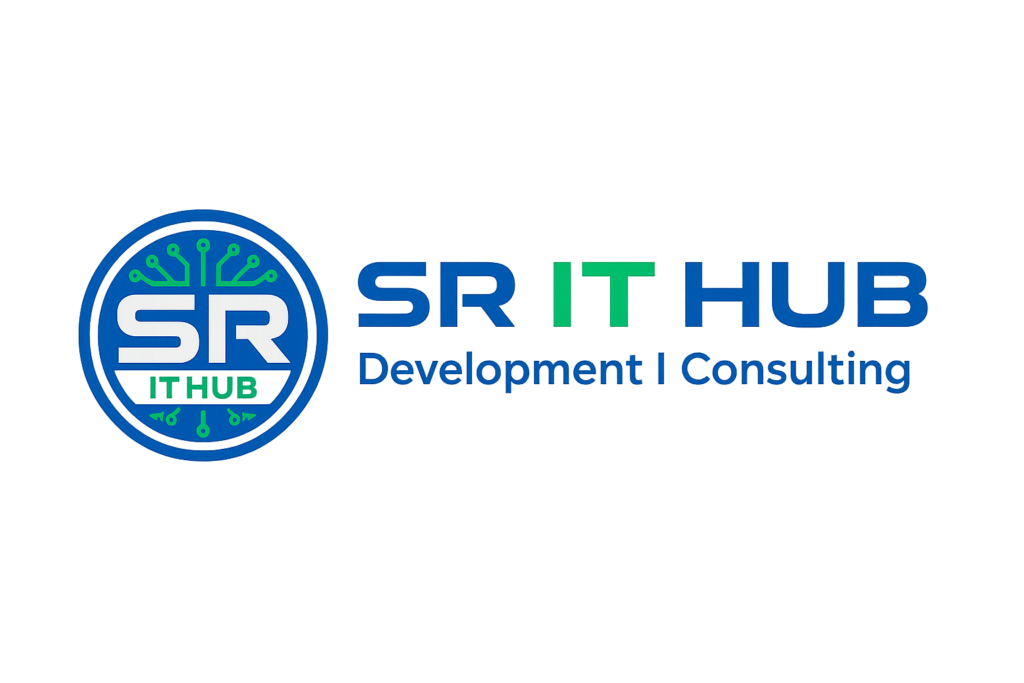ABSTRACT
This Ezee Mail System is designed to provide a communication channel inside an organization between different clients (Organization staff) on the network. The main objective of the project is to develop a fully functional Ezee Mail System that enhances communications among the members of the organization in a reliable, cost-effective and secure way. Thus it helps the organization to improve the performance of its teams in the corporate sector. This system design shall be able to provide the following facilities to the users:
System shall accept the mails from authorized users providing security. Submitted messages will be delivered to appropriate person only. Provides the facility to review messages from the respective folders. Effective Communication has become an integral part of organizations today. The rapid development of intranets may provide construction and design teams with an innovative tool for meeting these growing communication challenges.
A project specific intranet uses a database server to store mails information and the organizational information such as users details including the personal information and information requests. Teams members can be then access this information using the Ezee Mail System. As information changes, the server content can be easily updated with new or revised data. This flexible approach allows geographically remote project teams to access timely, consistent and accurate information without expensive typesetting, printing, distribution and mailing charges.
This Ezee Mail System is to provide a communication system in an organization, which takes the chance of establishing channel for sending and receiving the information between the users. The main objective of the project is to develop a fully functional Ezee Mail System that enhances communications among the members of the organization in a reliable, cost-effective and secure way. Thus it helps the organization to improve the performance of its teams in conducting the organizational works the corporate sector. This system design shall be able to provide the following facilities to the users.
The user can access this mailing system for sending the information to other users of the same organization. He is also provided with login and logout services, service of checking into the mails through the inbox, sending the mails using compose service, checking the sent mails list, creating and deleting the folders in association to the user involved in the communication. User is also provided with the flexibility of maintaining the address book in the mailing system through which he can store the details of his contacts. Users of the Ezee Mail System are also provided with the chance to change the password of his account through the options service designed.
This system is to be designed with user flexible screens through which user can navigate through the mailing system and access the above services for the basic purpose of communication.
EXISTING SYSTEM:
In the Existing system of communication the data transfer between the different individuals of the organization in conducting the works for the company is a cost effective and not a reliable architecture where even the security standards are very low. In the traditional 2-tier architecture there existed only the server and the client. In most cases the server was only a data base server that can only offer data. Therefore majority of the business logic i.e., validations etc. had to be placed on the clients system. This makes maintenance expensive. Such clients are called as ‘fat clients’. This also means that every client has to be trained as to how to use the application.
Since the actual processing of the data takes place on the remote client the data has to be transported over the network. As a rule this leads to increased network stress (Load). The client also controls how to conduct the transactions. Advanced techniques like two-phase-committing can’t be run. PCs are considered to be “un-trusted” in terms of security, i.e. they are relatively easy to crack. Nevertheless, sensitive data is transferred to the PC, for lack of an alternative.
Application logic can’t be reused because it is bound to an individual PC-program. The 2-tier-model implies a complicated software-distribution-procedure: as all of the application logic is executed on the PC, all those machines (maybe thousands) have to be updated in case of a new release. This can be very expensive, complicated, prone to error and time consuming. Distribution procedures include the distribution over networks (perhaps of large files) or the production of an adequate media like floppies or CDs. Once it arrives at the user’s desk, the software first has to be installed and tested for correct execution. Due to the distributed character of such an update procedure, system management cannot guarantee that all clients work on the correct copy of the program.
PROPOSED SYSTEM:
The proposed system should have the following features. The Webserver Interface should be as simple as possible so that the server can be configured easily. The transactions should take place transparently. The validation code should be placed on the server and not on the client. This leads to a thin client, which is more desirable. The server should identify the type of request (GET/POST) and perform appropriate action. It should also identify the file requested (HTML/CGI) and run the required process at the server if necessary. When responding to the client, the server should send necessary information such as Content – Length, MIME types etc.
To offset the above-mentioned problems, 3-tier architecture is proposed. A middle ties called as the application server is introduced. This is also known as the Web server. The following are the advantages in the Webserver.
- Clear separation of user-interface-control and data presentation from application-logic. Through this separation more clients are able to have access to a wide variety of server applications. The two main advantages for client-applications are clear: quicker development through the reuse of pre-built business-logic components and a shorter test phase, because the server-components have already been tested.
- Re-definition of the storage strategy won’t influence the clients. RDBMS’ offer a certain independence from storage details for the clients. However, cases like changing table attributes make it necessary to adapt the client’s application. In the future, even radical changes, like let’s say switching form an RDBMS to an OODBS, won’t influence the client. In well designed systems, the client still accesses data over a stable and well designed interface which encapsulates all the storage details.
- Business-objects and data storage should be brought as close together as possible, ideally they should be together physically on the same server. This way – especially with complex accesses – network load is eliminated. The client only receives the results of a calculation – through the business-object, of course.
- In contrast to the 2-tier model, where only data is accessible to the public, business-objects can place applications-logic or “services” on the net. As an example, an inventory number has a “test-digit”, and the calculation of that digit can be made available on the server.
- As a rule servers are “trusted” systems. Their authorization is simpler than that of thousands of “un-trusted” client-PCs. Data protection and security is simpler to obtain. Therefore it makes sense to run critical business processes, which work with security sensitive data, on the server.
- Dynamic load balancing: if bottlenecks in terms of performance occur, the server process can be moved to other servers at runtime.
Change management: It is easy and faster to exchange a component on the server than to furnish numerous PCs with new program versions.
SOFTWARE REQUIREMENTS:
• Web Technologies : HTML, CSS, JS. JSP
• Programming Language : Java
• Database Connectivity : JDBC
• Backend Database : MySQL
• Operating System : Windows 08/10
HARDWARE REQUIREMENTS:
• Pentium processor : Core I3
• RAM Capacity : 2GB
• Hard Disk : 250GB
• Monitor : 15’’ Color Monitor

